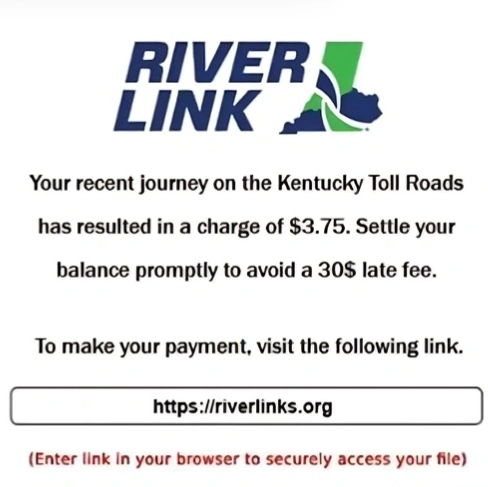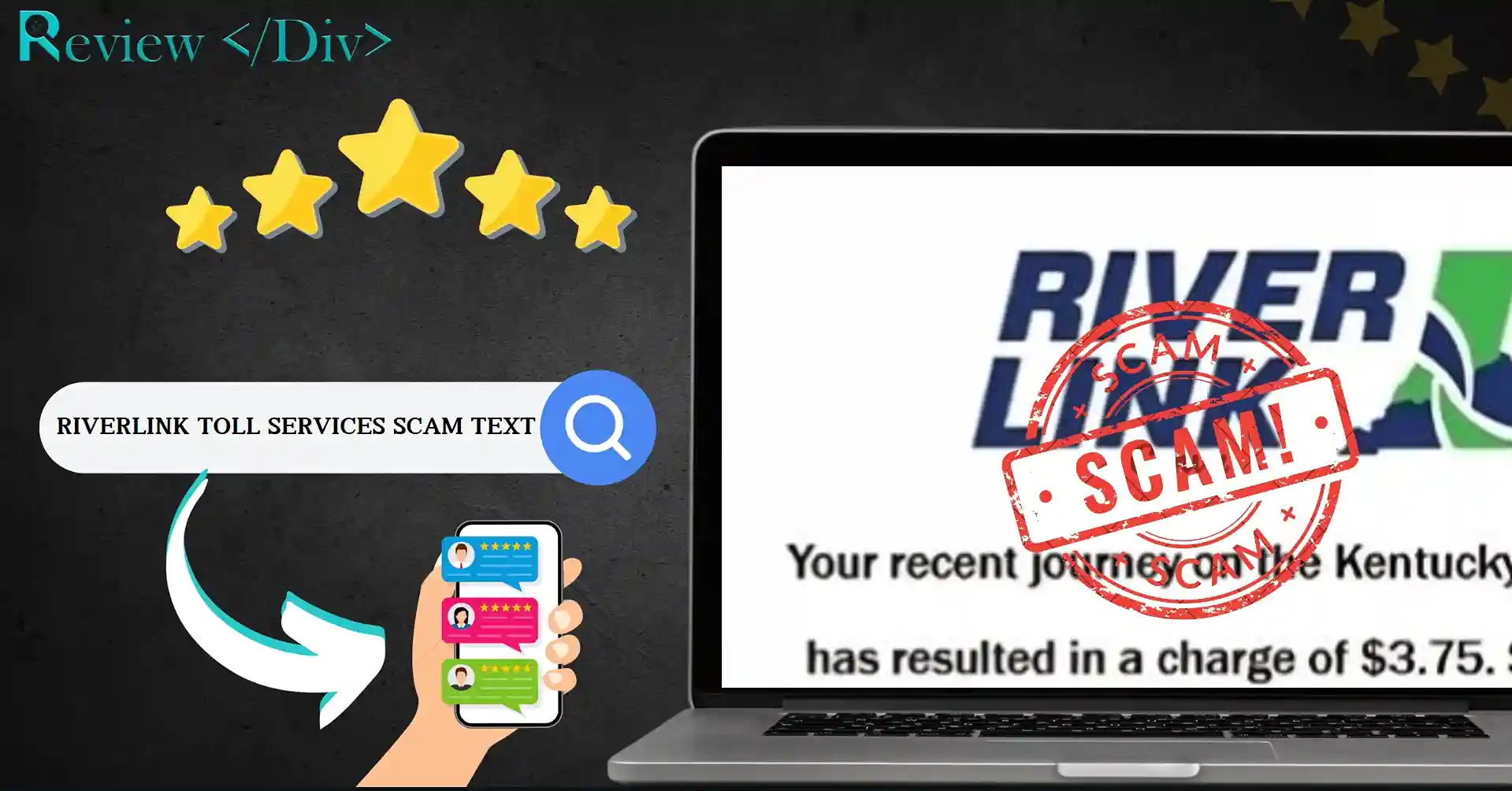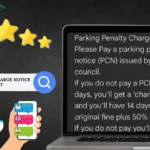Scams are becoming more common, and the RiverLink Toll Services scam text is one that’s noticing people off guard. This scam targets drivers who use toll bridges between Kentucky and Indiana, tricking them into giving away personal information.
In this article, we’ll explain how the scam works and what you can do to stay safe if you receive one of these messages.
RiverLink Toll Services Text Scam Overview
The RiverLink Toll Services scam text is a fraudulent attempt targeting users of the RiverLink toll system, which manages toll collection for bridges between Kentucky and Indiana.

This type of scam, referred to as “smishing” (SMS phishing), involves sending deceptive text messages that appear to be from RiverLink.
These messages inform users of a supposed unpaid toll and prompt them to click a link, which directs them to a fake website that requests personal information.
RiverLink has made it clear that they do not send toll notifications via text message; legitimate communication regarding tolls is done through official channels, mainly via mail.
Messages come from numbers labeled as “RiverLinks” or “Kentucky Toll Roads,” making it more believable to recipients who may assume these messages are official.
How Does RiverLink Toll Services Text Scam Work?
The mechanics of the RiverLink scam text are simple but dangerous. Here’s how the RiverLink Toll Services Scam works.
1. Receiving the Text
Users are sent a message that appears to be from RiverLink. The message indicates a toll fee, such as “$3.75,” and asks the recipient to click a link to settle the charge.
2. Phishing for Information
Once the link is clicked, users are taken to a fraudulent website that resembles the official RiverLink site. The site will ask for sensitive details such as credit card information, personal identification, or login credentials.
3. Creating Urgency
The scam works by creating a sense of urgency or fear in the user. Many recipients worry about late fees or penalties for unpaid tolls and may rush to pay without verifying the authenticity of the message.
4. Consequences
If users provide their personal information, they risk identity theft or financial fraud. Scammers can use the stolen information to make unauthorized purchases, steal identities, or commit further fraud.
What to Do If You Fall for This Scam?
If you’ve fallen victim to the RiverLink scam text, it’s important to act quickly to minimize damage. Here are some steps you can take.
Do Not Click the Link: If you haven’t yet clicked on the link, don’t. If you have, avoid entering any personal information on the site.
Check Your Financial Accounts: Watch your bank and credit card activity. If you notice any unauthorized transactions, contact your bank or credit card company immediately.
Alert Your Bank or Credit Card Provider: If you entered any financial information, contact your bank or credit card company as soon as possible. They recommend issuing new cards or changing your account details to secure your finances.
File a Report: Report the scam to the Federal Trade Commission (FTC) and the Internet Crime Complaint Center (IC3). Provide them with the details of the scam, including the phone number and any links from the text message.
Consider Credit Monitoring: If you provided personal information, such as your Social Security number, it’s wise to enroll in a credit monitoring service. This can help you track any suspicious activity related to your credit.







